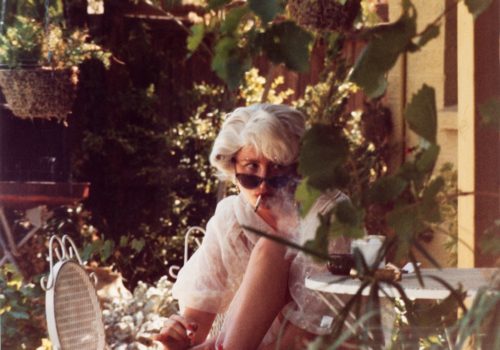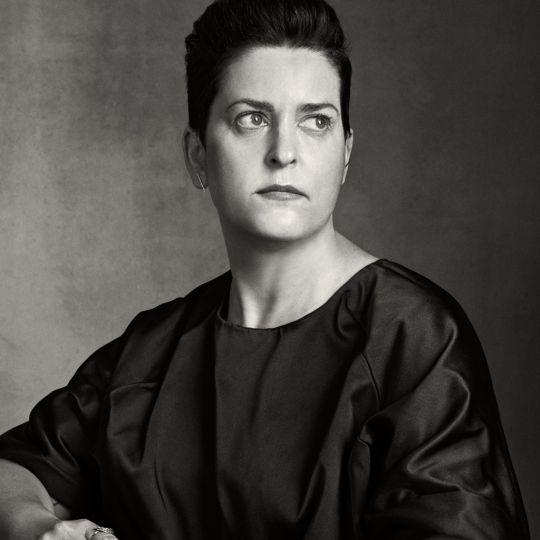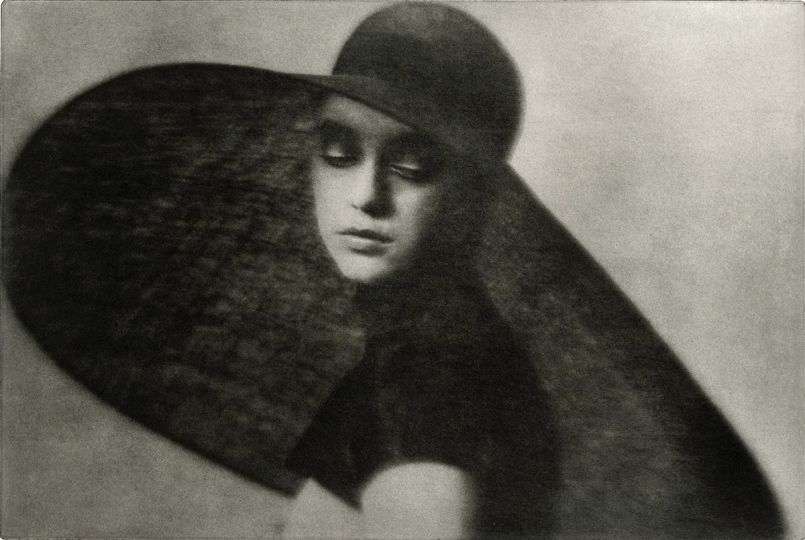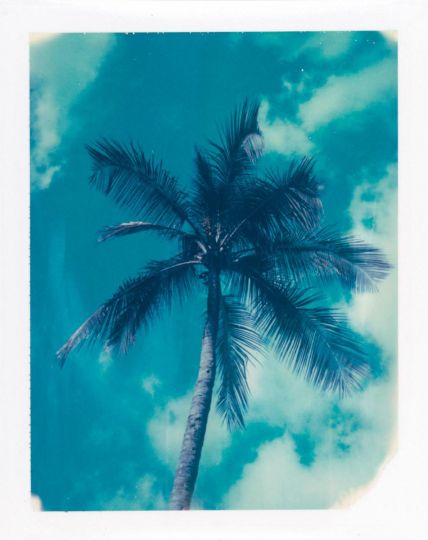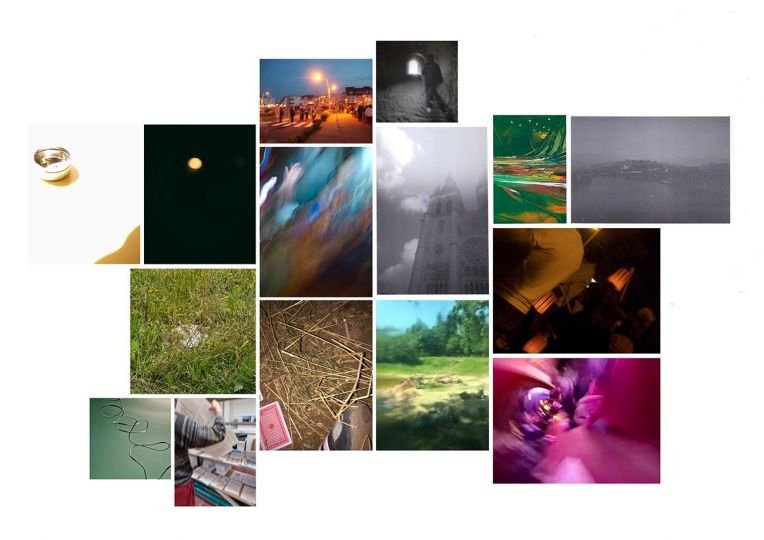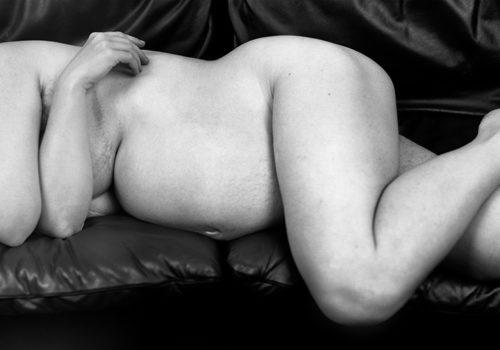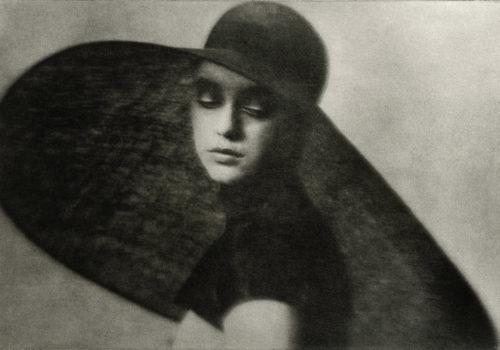Charlotte Cotton is an independent curator of and writer about photography. She has held numerous positions including Head of the Wallis Annenberg Photography Department at the Los Angeles County Museum of Art, Head of Programming at The Photographers’ Gallery, London, or recently Curator in Residence for the International Center of Photography’s new museum and events space, 250 Bowery, in New York. Charlotte Cotton has also curated a number of exhibitions on contemporary photography and her publications include The Photograph as Contemporary Art, Imperfect Beauty, Guy Bourdin, and the celebrated Photography is Magic, a critical publication that surveys the practices of over eighty artists, all of whom are engaged with experimental approaches to photographic ideas, set within the contemporary image environment.
Last year, you worked as the first curator in residence at the International Center of Photography in New York. Why did the job interest you?
Charlotte Cotton: Well, it was a number of things. Lots of people love the idea of ICP; there is immense promise in the prospect of an organization that stays pretty true to its founding principles. What excited me about ICP was not only did it have some politics and a kind of fundamental idea that social implications are the most important values to draw out and discuss around photography—rather than yet another institution reinforcing it as a contemporary art or modern art form—but also ICP’s capacity to look. It always has looked really broadly, throughout its history. So it can talk about amateur practice, it can talk about the industry of photography, it can talk about lifelong projects, and it can also talk about contemporary art. But it hasn’t already constructed that sort of immortal of itself, which is really about supporting the idea of photography as contemporary art at the expense of everything else. So the potential of ICP is that it becomes a super relevant institution once more. If it can move away from simply talking about genres like documentary and photojournalism and actually talk about this broad church of image-making culture right now, it’s going to be the host to the most important discussions we can have at this particular moment.
How do you get more people to accept the different ways people are embracing photography today? What is photography today?
I’m actually not very worried about that, because I think that so easily falls into the trap of being this kind of generic idea of what photography is. Then you fall back to updating “the history” of photography. I don’t have any interest in doing something generic, and I think that’s been one of the issues for ICP—that you can either do one model, which is the Museum of Photography, like you might do the Museum of Sex or the Museum of Sport, where you have a baseline. What’s the lowest common denominator or understanding of the medium that we want people to have? That’s not really what we’ve decided to do here. This is a space for people who self-identify as image-makers. They have enormous visual literacy. They have a deep understanding of an aspect of photographic practice and its history. Plus, it’s not a major museum. It doesn’t say we have to label text which speaks to every man, woman, and dog. That’s just not ICP’s audience. I think there is a purpose for creating these generalized understandings of photography, but there’s no reason why ICP, in this space, would do that.
You’ve commented that we are a civilization of amateur curators and publishers. You are yourself a professional curator. How do you distinguish between yourself and those who operate in a similar sphere, both recreationally and online?
I don’t really make any distinctions. My observation of curating is that it’s a broad field—I bring my own experience, so I know when somebody’s doing something super clever, or something that hasn’t been seen before, or making a counter-argument to the conventions. I have deep admiration for somebody who is able to hold attention curating online. I suppose you could call me a professional curator, but I think over the last few years—particularly given that I haven’t chosen to work full-time for one institution—it feels like less of a profession and more like a practice. I think that brings me closer to people who are doing it in their spare time or collectively. Curating is just a modality, really.
The reality is, everyone’s doing a little bit of curating. Curating is essentially this idea of doing things for other human beings. Whoever the audience is, your argument and the invitation has to be really specific to them. I think anyone could curate a standard history of photography. I mean, realistically, I think anyone who’s interested in the subject could do that. There’s nothing special in doing that.
As a curator, how do you bridge the gap between younger and older spectators?
You have to create a common space where everything is permissible. At ICP, there were apparently some older women berating the fact that Kim Kardashian is in [Public, Private, Secret], and then some SVA students came up and they had a chat, and they agreed to disagree. You need to have a forum where you’re not rejecting anyone. ICP is about those 17-year-olds; it’s about people who are two years out of college and in the midst of pure silence and tumbleweed—they don’t know if they’re going to continue with their practice, they’ve got debts. It’s about somebody in their mid-30s who has just about resolved their student loans and is about to do the sole-authorship thing, and might need an environment that pushes their boundaries a little bit. And then you might be in your 50s, slowing things down on the professional front, and your passion is photography, but you realize you are way out of the loop. That is essentially what ICP’s continuing aid program has always done, right? It’s a way to get back into this world.
In which ways do you think the fine art world can develop to accommodate the growing mass of amateur photographic material online, and do you think it should? Or has it done so already?
I don’t know if it should, just because I think it would make a horrible mess of it. I think it’s more complicated for a big institution to do anything more than acknowledge photographic histories outside of contemporary art. They never really get to the soul or the substance of it, because, essentially, the values are in the material object and the collection. And I think each institution has its own history and its own pattern that will determine where photography will fit. And I’m not saying that we’re reaching a moment of crisis, but some institutions are going to treat photography like a closed collection.
You started your curatorial career at the Victoria and Albert Museum where you worked with a massive archive of historical photographs. What effect did that experience have on you?
Well, my first show there was called Imperfect Beauty. It was interviews with photographers, stylists, art directors, hair and makeup artists. The first show in Imperfect Beauty was really a look at the processes behind fashion photography. It was in response to all those big museums doing solo shows of fashion photographers that were very hyperbolic—just a terrible misunderstanding of how amazing the fashion industry is. Then I did Guy Borduin, and then I got hired by Art and Commerce. That was my first job in New York. I worked on their cultural program for two years. I was able to talk about the real industry of fashion photography without mystifying it, actually giving it cultural value. And it was the same with Bourdin. So there was a role for me.
I’ve found a great resistance from institutions, and even galleries, that wouldn’t accept fashion photography as art. And some still don’t.
Oh, absolutely. They don’t. I was told it was career suicide to even deal with the subject. But for the curator, it tests your mettle. I’m actually working on a film. I’m fascinated with what happened to commercial image-making after 9/11 and this perfect storm of what happened digitally and what happened commercially and generationally. It’s a really complicated story about who the dominant image-makers are right now and this possible passing of an ancient regime with the last generation of greats.
Are we talking about fashion?
Yes.
Yes definitely. At one time people were able to have a commerce span of like 40 years. That doesn’t happen anymore.
The youngest group is in their mid-forties, with Mario Sorenti, Glen Latchwood and Craig MacDean. But everyone else is older, and part of the argument is what happened after 9/11. The people who should have been rotating out to allow a new generation in didn’t leave. Basically, you’re talking about the same lineup of the top half-dozen that you had 10 years ago, and to some degree 20 years ago. It’s become really quite a fossilized world.
Coming back, if you don’t mind, to print for a minute. I saw Cindy Sherman’s show. But before I saw that show, I saw everything online, and I thought they looked brilliant online, as all photos are, but I thought, “I’m not crazy about it.” Then I went to see the show in person, and her prints were dye sublimation on aluminum. It made them just so luminous and vibrant that it just changed it for me. It really, really did. So it can do that.
It absolutely can. It’s a really, really pronounced and heightened experience. I think you’re just really conscious that the photograph is an object; it’s a thing rather than a vehicle for something.
A lot of photography is becoming object-oriented. I think it has to do with the market, which you’re talking about. But I think that’s what people want.
Yes, absolutely. And long may it continue. Everything’s at play at the moment—I think that’s another really special thing.
It’s very exciting. Is that why you think it’s a pivotal moment?
Yes, everything’s at play. It’s not like the end of something, but everything is altered by this moment, I think. The reading of everything, what it means to make a photographic print, what’s the dialog with our day-to-day image encounters—all of these things are circulating. There’s this book that I read a few years ago by Kathleen Hales who’s a comparative media professor. It’s a little booklet called “Writing Machines” that she wrote for MIT. Its subtitle is something like “The Materiality of Literature in the Digital Age.” It was when I was starting to really think about Photography is Magic, so I glommed onto materiality and wondering what’s happening in literature. She creates this fictional character who has all of these encounters, meetings, and conversations that shift her understanding of what’s happening in literature. And it was so genius. It stays with me, as a model that all of these are relevant to our understanding of now. And why wouldn’t that be the case? Any visitor to this show, they bring their own anecdotal understanding into the show. I’m not asking them to accept the proposition and then find an answer in the show that I’ve laid out for them, because I haven’t laid out the answer to this. I’m really responding, curating, pinpointing what you see. And the show as a whole is about creating a context, and then there’s the anecdotal, and each of us has our own anecdotal reading of this moment. That’s why it’s so exciting for me.
Contemporary photography is a uniquely self-referential medium. Is this because of the ubiquitous role of the photograph in society? In which ways does this practice provide salient and productive cultural commentary?
I think the self-reflexivity of contemporary art photography is a necessary given now, for those reasons that we’ve kind of been discussing. There’s just no way to make a photograph and say, “no, the photograph is just the medium.” It’s actually the story embedded within it that I want you to read. There’s also just no way to look at a photographic print and treat it as if it’s a window into the world. And you know some artists have pushed that to its logical conclusion—eradicating the subject from the real world, alternative processes, camera-less—all of that is in some way a meditation on this fact. There’s no such thing as a mutual photograph. Now we’re sort of back with the territory that we started with: does a photograph need to be literal in order to be understood as a social commentary? And I think not. I think the bit that is missing is the way in which the camera is used to simulate human monocular vision. So then we had reams of textbooks written about the relationship between subject and photographer, because there was a simulation of that in the vantage point of the camera and in the mechanics of the camera.
But these days, in the digital age we’re in, the boundaries of contemporary photography are constantly being expanded and reimagined. A lot of people lament that a lot of what was celebrated about photography as a medium before is getting lost now.
And I think that’s what the true loss is—contemporary art photographers can’t really be blamed for using the current means of production. You can’t really say that they shouldn’t be doing that. That’s kind of socially amoral. I think artists have always used the means of production available to them and respond to the moment, and that is really the social position of art practice—to respond to your time. I wouldn’t blame practitioners that we platform-sensitive, non-digital native viewers feel the loss of something which was about the encounters and the permissions that the camera gives. Luckily, there are some really strong examples in the show.
I’ll tell you one thing; I gravitate towards things that I can’t do myself and I am so sorry that I don’t know these techniques. I don’t think I will ever learn them. But I think, as an artist, it’s ever-expanding. There are just no limits. Nothing is limiting you, and I think it’s just so stimulating and exciting.
It is. And what choice do we have? We can either say that this is wrong or we can be really curious about it, can’t we? I think curiosity is the route to staying young.
Interview by Andrea Blanch
Andrea Blanch is the founder and editor of Musee Magazine. This interview was published in its issue 16 that came out in October 2016 and is available for $65.

